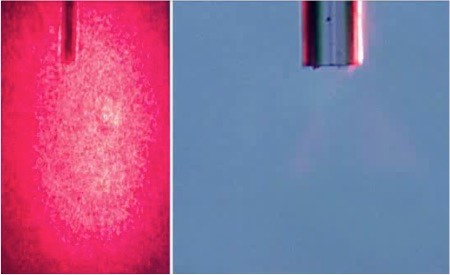UNAM: Juan Hernández-Cordero (lead); INAOE: Rubén Ramos-García — Thrust 3
Scientific/technological challenges: Optical techniques for biomedical diagnostics, or even therapeutics rely on the delivery and detection of controllable light stimuli. The WttB concept offers to extend these capabilities to brain tissue using waveguides for light coupling.
Scientific/technological goals: This topic’s goal is incorporation of optical waveguides (planar, buried &/or optical fibers) into biocompatible ceramics, exploring both laser inscription of waveguides directly onto ceramics through laser processing, as well as embedding optical fibers and fiber probes into cranial implants.
Collateral scientific studies: Co-PI Hernández-Cordero recently demonstrated heat generation by fiber optic probes using photothermal effects. Application in photothermal laser therapy is underway based in part on in vitro experiments demonstrating generation of highly localized heat in soft tissue samples. Our goals in this area will be focused on: (a) measuring the near, mid and deep temperature fields that stem from laser irradiation using fiber optics sensors within in vitro and in vivo brain tissue models; and (b) determining the physiological brain tissue effects in in vivo models due to the conversion into mechanical energy and heat of optical laser energy from a wide range of laser fluences, wavelengths, and pulse durations. Thus, in Thrust 3, we will explore the potential use of these probes in cranial implants for treatments requiring localized photothermal heating. Optical fiber sensors also may be incorporated into probes to monitor photothermal processes in real-time and provide feedback capabilities. For biosensors for specific optical diagnosis targets, probes may be coated with polymers such as those used by co-PI Hernández- Cordero who recently reported a coating technique that could be adjusted to incorporate bio-sensitized polymers on optical fiber devices. Optical access to brain tissue via WttB accommodates a wide range of novel techniques, including enhanced backscattering measurements for tissue analysis.



Leave a Reply